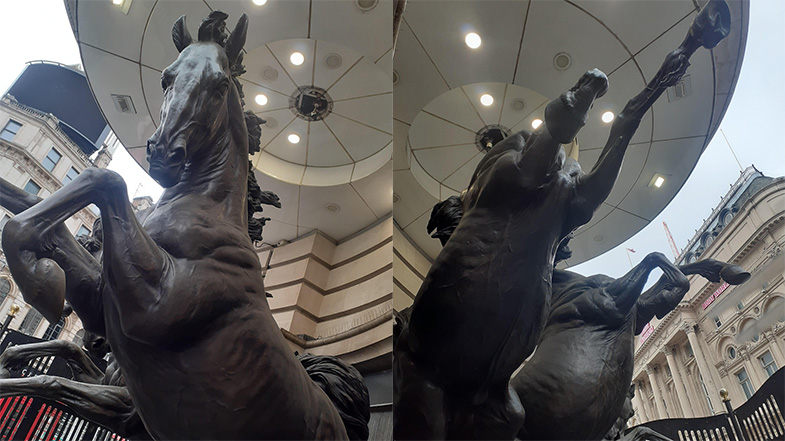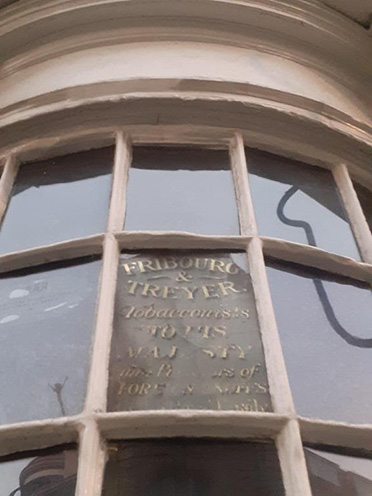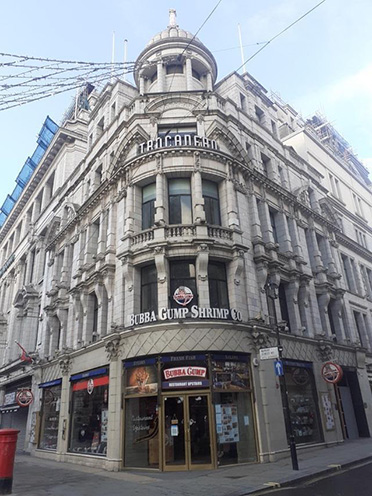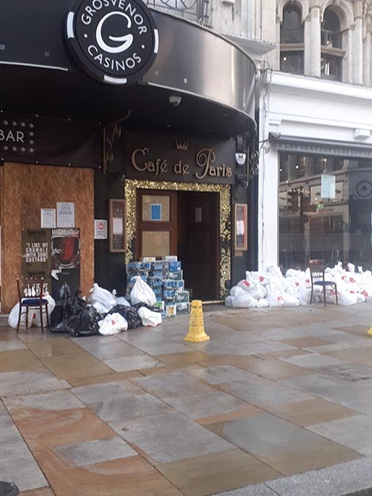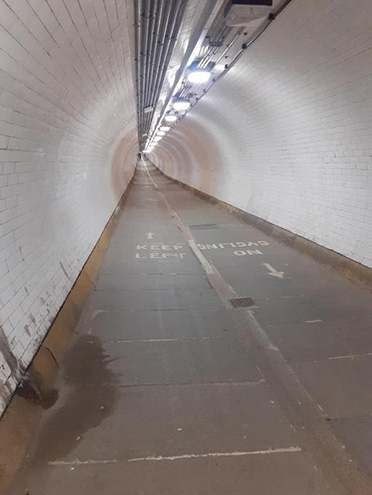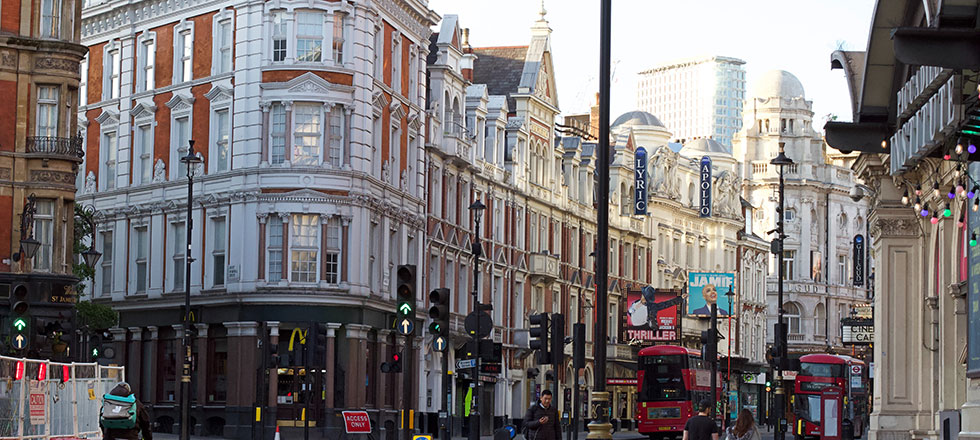
A Portrait of Piccadilly
- 21 January 2021
- by
Greetings to all! It’s been a bumpy ride and I do hope everyone’s got a decent grip.
Happily my family and friends are all well, if a little cautious.
Let us escape the present, if only in our minds. In my last blog, I mentioned the Horses of Helios and the Three Graces (also known as the daughters of Helios), found at the top of Piccadilly. I have observed over time, that many people walk past the horses, and give them only a cursory glance before carrying on, so I thought I’d tell you a little more and leave the rest to curiosity.
Over the last few months, my wanderings have been vital, giving me a reason to go out, helping my physical and mental health, and giving me a focus. Though largely unplanned, they have led to so many further discoveries and snapshots into history all over London. On this corner in particular, you can stand and transport yourself back to different eras with simply a turn of the head, and a few steps eastwards!
It is rare for anyone to visit London and not touch on Piccadilly. In 1992, Rudy Weller’s creation was put in place. The four wonderfully detailed horses seem to be desperately leaping out of the fountain away from something while three slender figures above begin to swoop down, to help? to halt? to grieve?
At one time, Helios, beautiful and with long golden hair and chariot to match, was the Greek god of the sun, driving it across the sky from East to West. One day his young, naive, confident, and mortal, son Phaethon visits him to ask for proof that he was indeed the son of Helios. Helios joyously welcomes him, and, somewhat rashly, offers to grant him any wish. A god’s word is law, so he reluctantly had to grant his son’s wish to drive the chariot of the sun from East to West, as proof of his paternity for his mocking friends. Phaethon’s three sisters, the Helides, yoked the horses to the chariot then watched their brother, shoot away across the skies.
Lacking strength and experience (he was only mortal after all), Phaethon had no control of the chariot. The horses sensed his weakness, so began creating their own trail, creating a path of destruction ripping across the skies. The chariot eventually plunged downwards, scorching the plains of Africa into a desert, at which point, the furious Zeus steps in, sending a thunderbolt that hits Phaethon, who falls into the river below, dead.
The statue in Piccadilly imagines the horses tearing through the fountain to escape the fires of hell and destruction, while his sisters swoop down but can only look helplessly on. In mythology, they are turned into poplar trees, standing by a river, where they continue to mourn their brother forever.
What a great backstory?
I turn slightly. Opposite the fountain, at 34 Haymarket, I see the quiet, original, deep bow facade of a small shop front, in itself unusual. There’s a small sign still in the window, bearing the legendary names of Fribourg and Treyer 1754-1982, purveyors of snuff, tobacco and cigars until 1982.
Originally, there was a stable around the back for Mr Treyer’s horse. As with many business partnerships, it would seem Fribourg and Treyer had a few disagreements. We can speculate as we admire the shop and imagine customers, in and out, in the 18th century.
The deep bow front is quite unique as the Building Act of 1774 banned shopfronts protruding more than 10 inches onto the pavement. Many of the internal shop fittings remain, including an oak counter and panels. Frigbourg and Treyer’s snuff recipes were sold to Imperial Tobacco in the 1980’s. I think I’ve tried snuff once. Says it all really. It is quite an esoteric, but re-emerging, market. Like absinthe, and ‘vintage’ clothing. Long live snuff!
I look towards the Trocadero further down Coventry Street. I see Bubba Gump Shrimp Company. In the 1930’s, the Bubba Gump Shrimp Co. was a Lyons Corner House (a famous tea shop owned by food manufacturer J. Lyons & Co), open 24hrs a day, and used to have a particular section for prostitutes and the Soho gay community.
My last port of call, a few steps down from the Trocadero/Lyons, is the Café de Paris, a small door on Coventry Street, now closing forever. Since opening in 1924, it has been host to the great, the good, and the not so good, Noel Coward, Judy Garland, Frank Sinatra to name a few. In 1941, it was bombed, two bombs came down the ventilation shaft and at least 34 died, some seriously injured. It reopened in 1948, and right up to the present day has hosted hen parties, stag nights, and diverse entertainments. David Bowie’s 1986 video Absolute Beginners was filmed there. Sadly the final curtain has been drawn on Café de Paris. So many memories for people, good and bad.
On the upbeat, and looking at the changing face of London, I’ve been looking around the Docklands and hearing my footsteps echo along virtually empty tunnels under the river. Surreal. So much to see, hear and feel. Especially at this point in time.
It’s taken a long time, but I’ve found my place. Unseen Tours has been a lifeline. Wishing everyone good health and optimism. Stay alert for the quirks. With warm wishes and positivity, Nic.
P.S. I almost forgot, watch this space for joining a curious guide to creating a City, more on that soon…
